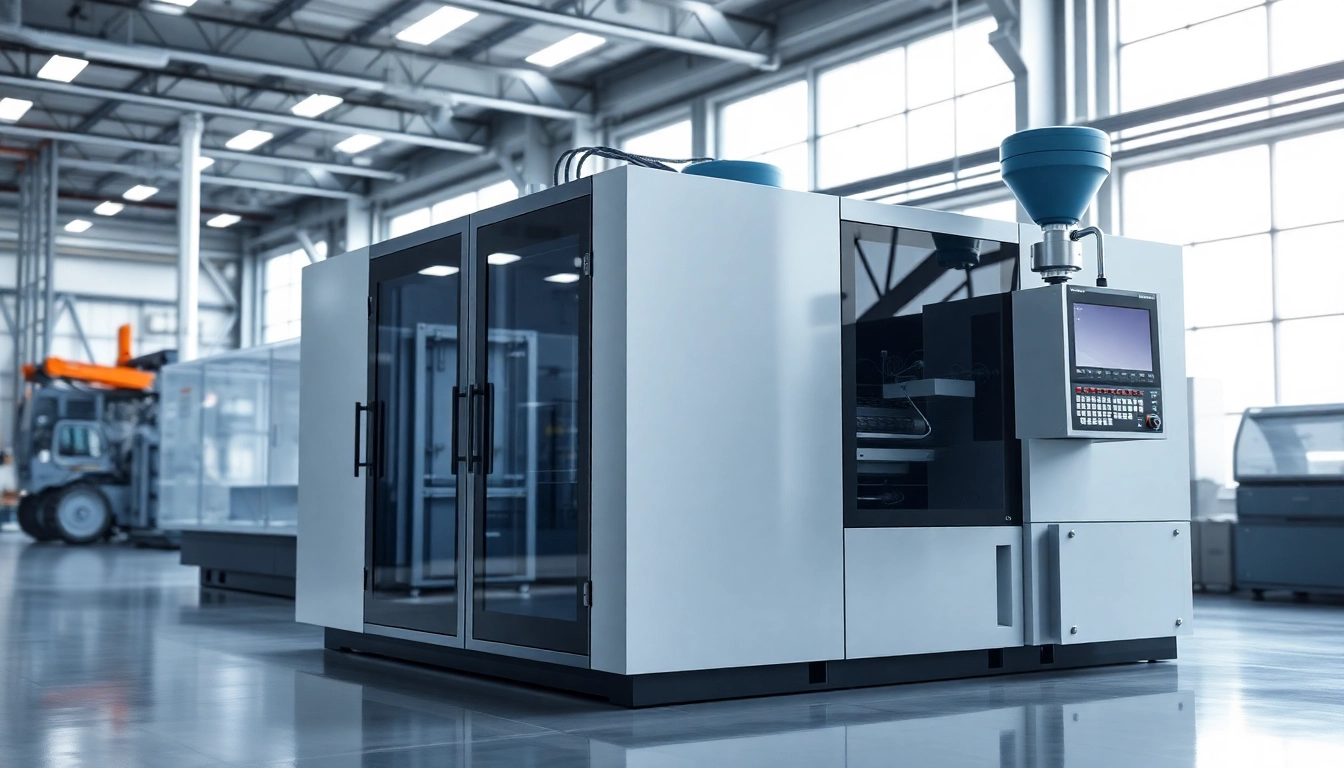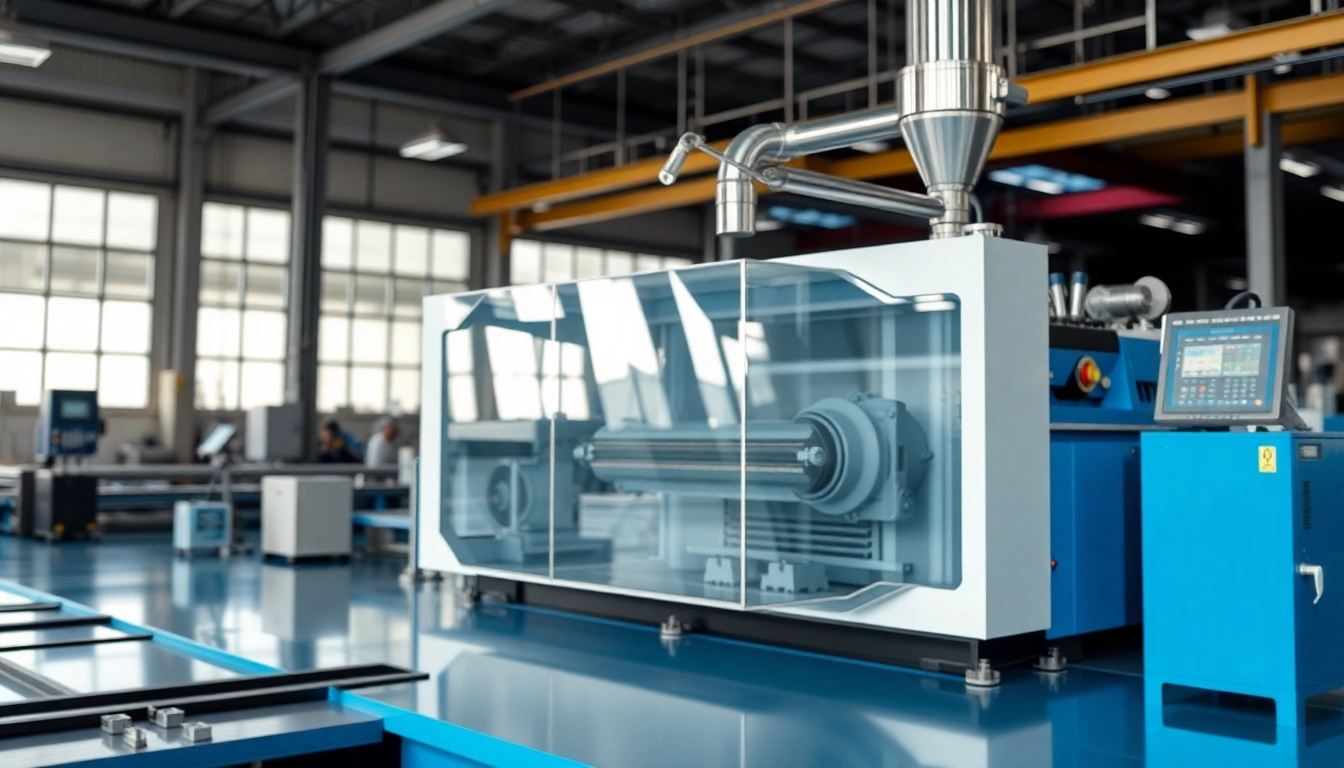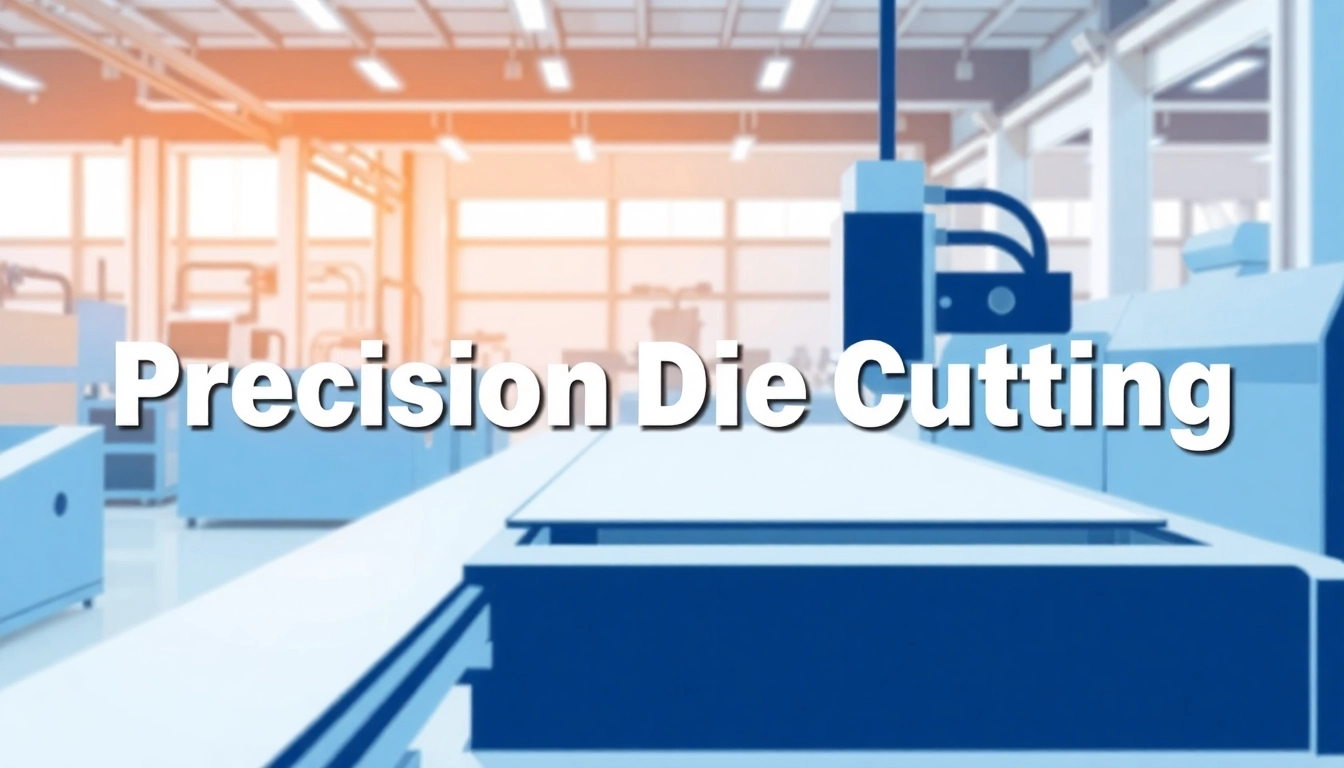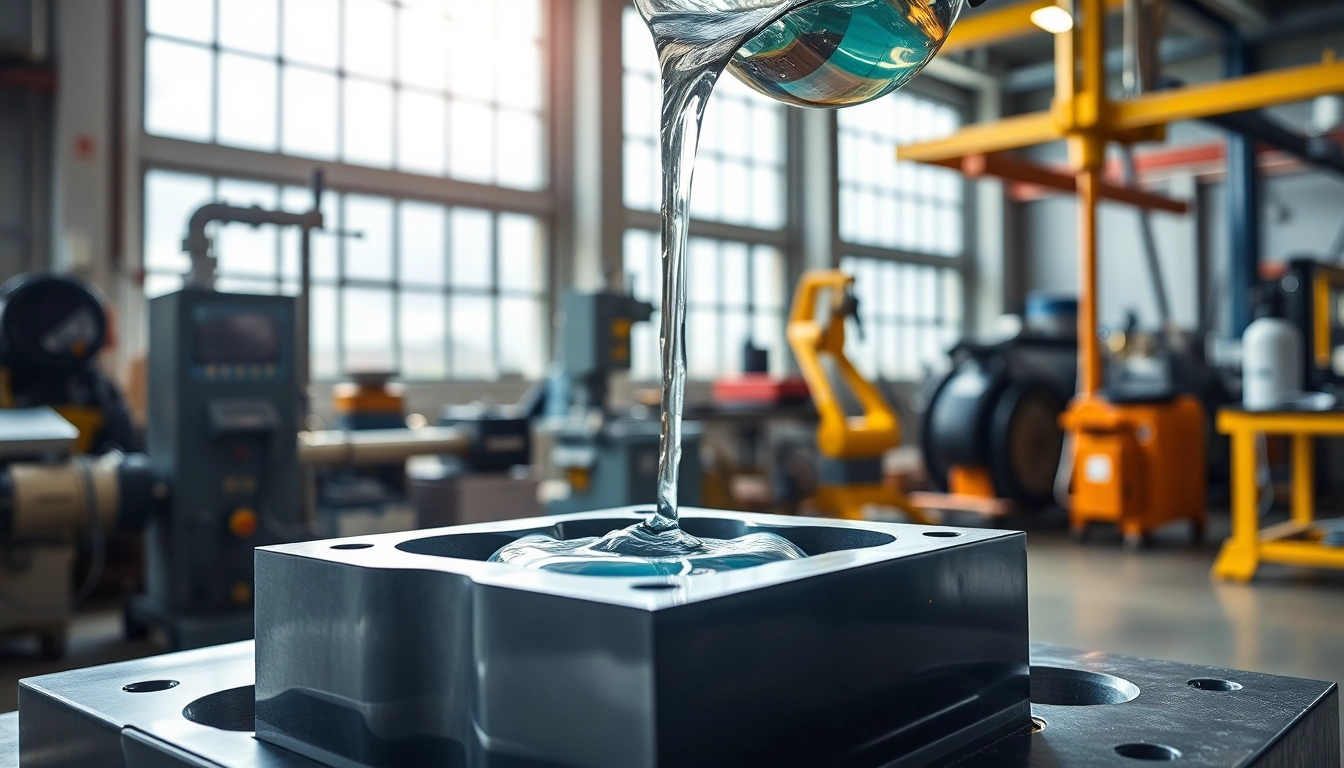Understanding Blow Molding Machines
Blow molding machines play a vital role in the manufacturing process of a wide range of plastic products. From containers and packaging to automotive parts, these machines are integral to various industries. A Blow Molding Machine efficiently shapes plastic using air pressure, enabling the creation of hollow objects in an economical and practical manner. This article delves deep into the workings, benefits, and future trends of blow molding technology.
What is a Blow Molding Machine?
A blow molding machine is a type of industrial equipment used to create hollow plastic items. The process involves three primary steps: melting the raw plastic, forming a parison (a tube-like piece of plastic), and inflating it inside a mold to achieve the desired shape. Common products made using blow molding include bottles, containers, and toys. This machine differentiates itself from other plastic manufacturing processes, like injection or extrusion molding, through its unique use of air pressure to achieve hollow shapes.
Types of Blow Molding Machines
There are three primary types of blow molding machines, each offering unique advantages:
- Extrusion Blow Molding (EBM): This type involves continuous extrusion of a plastic parison that is then molded into the desired shape using a two-part mold. It is efficient for producing large quantities of identical items.
- Injection Blow Molding (IBM): In IBM, the plastic is first injected into a preform shape and then transferred to a mold where it is blown into its final form. This method is ideal for producing high-quality items with tighter tolerances.
- Injection Stretch Blow Molding (ISBM): This method combines injection molding and blowing processes. It is particularly effective for producing PET bottles with superior clarity and strength.
Key Components of Blow Molding Machines
Understanding the key components of a blow molding machine helps in appreciating its function:
- Extruder: Responsible for melting the raw plastic and forming the parison.
- Die: Shapes the parison as it exits the extruder.
- Mold: Contains the cavity where the plastic is blown and cooled to form the final product.
- Blowing Mechanism: Uses air to inflate the parison into the mold.
- Cooling System: Cools and solidifies the plastic to maintain its shape.
Advantages of Using Blow Molding Machines
Blow molding machines offer numerous advantages that make them popular in manufacturing plastic products:
Cost Efficiency in Production
One of the primary benefits of using blow molding machines is their cost efficiency. The automated nature of these machines allows for high-volume production without significant labor costs. Furthermore, their ability to create complex shapes with minimal material waste reduces overall production expenses. Long-term operation of these machines translates into substantial savings, especially as they allow for quick mold changes and are designed for durability.
High-Quality Output and Customization
Blow molding machines can produce high-quality products with consistent thickness and surface finish. This precision is critical for industries requiring reliable safety standards and durability. Additionally, customization is achievable through the use of varied molds and materials, permitting manufacturers to create a wide range of products tailored to specific customer needs.
Environmental Considerations and Sustainability
Modern blow molding processes are increasingly focusing on sustainability. Many manufacturers are adopting recyclable materials that reduce environmental impact. Moreover, blow molding’s efficiency in material usage translates to less waste, contributing to greener manufacturing practices. The development of fully electric machines also highlights a move towards reducing energy consumption and improving performance.
Choosing the Right Blow Molding Machine
Selecting the right blow molding machine requires careful consideration of several factors, tailored to specific operational needs:
Assessing Your Production Needs
Understanding your production requirements is the first step in choosing a blow molding machine. Consider the volume of production, the complexity of the products to be manufactured, and your budget constraints. Companies must align their equipment choices with long-term production goals and anticipated changes in market demands.
Evaluating Machine Specifications
Each blow molding machine comes with technical specifications that should be thoroughly reviewed. Consider the following:
- Production Speed: Evaluate how many units can be produced per hour.
- Mold Compatibility: Ensure the machine can accommodate the required mold designs.
- Material Versatility: Check if the machine can process various types of plastic materials.
- Energy Efficiency: Look for machines designed to minimize energy use without compromising performance.
Understanding Manufacturer Support
Finally, consider the level of support and service offered by the manufacturer. Reliable companies should provide installation assistance, maintenance, and easy access to spare parts. Positive feedback from current users can be a good indicator of a strong manufacturer reputation.
Common Applications of Blow Molding Machines
Blow molding machines are utilized across various sectors, and their applications are diverse:
Containers and Packaging
One of the most prominent uses for blow molding machines is producing containers and packaging materials. This includes everything from simple bottles for beverages to complex containers for chemicals and pharmaceuticals. The blow molding process ensures that containers are lightweight yet robust, meeting stringent safety and quality standards.
Health and Beauty Products
In the health and beauty industry, blow molding is essential for manufacturing items like shampoo bottles, cosmetic containers, and dispensers. The process allows for attractive designs that appeal to consumers, contributing to brand identity and customer satisfaction. The ergonomics of products created through blow molding also enhance user experience.
Automotive and Industrial Parts
Blow molding also finds application in producing automotive components, such as fuel tanks and interior parts. The ability to create large, hollow shapes with blow molding is beneficial in automotive manufacturing, where weight reduction is key to improving fuel efficiency. Moreover, the durability of blow molded parts meets the rigorous demands of the industrial sector, contributing to overall equipment reliability.
Future Trends in Blow Molding Technology
The blow molding industry is evolving, and several trends are shaping its future:
Smart Automation in Blow Molding
As the manufacturing sector increasingly embraces the concept of Industry 4.0, blow molding machines are also evolving. Smart automation technologies are being integrated into machinery, allowing for real-time monitoring, predictive maintenance, and improved operational efficiencies. This transition not only enhances productivity but also optimizes resource utilization.
Advancements in Material Technology
The blow molding industry is also witnessing significant advancements in materials. The development of biodegradable and recyclable plastics is setting the stage for more environmentally friendly production processes. Innovations in materials will challenge manufacturers to adapt their processes, enhancing sustainability while also ensuring compliance with evolving regulations.
Impact of Industry 4.0 on Blow Molding Machines
The rise of Industry 4.0 is transforming traditional manufacturing paradigms. Blow molding machines equipped with sensors and IoT technologies will facilitate better communication between machines and operators, leading to reduced downtimes and enhanced decision-making capabilities. This shift will help manufacturers better respond to market demands and improve product quality.



